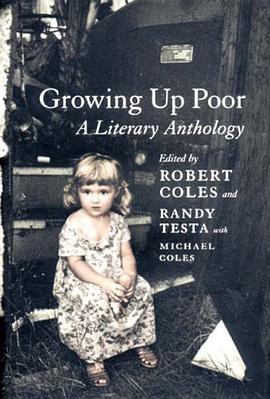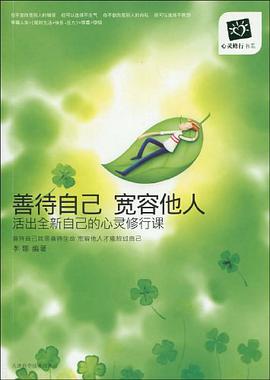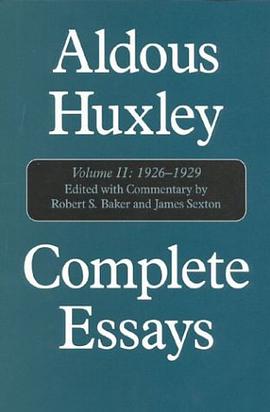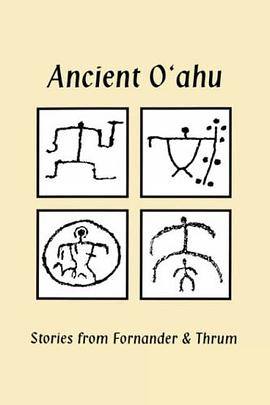

具体描述
In "The Color of Sex" Mason Stokes offers new ways of thinking about whiteness by exploring its surprisingly ambivalent partnership with heterosexuality. Eschewing the canonical for the popular, Stokes examines white-supremacist American texts written and produced between 1852 and 1915 - literary romances, dime novels, religious and scientific tracts, film - and exposes the perverse infrastructure of whiteness, its tangled network of racial and sexual desire.Stokes locates these white-supremacist texts amid the anti-racist efforts of African American writers and activists, deepening our understanding of both American and African American literary and cultural history. "The Color of Sex" reveals what happens when race and sexuality meet, when white desire encounters its own ambivalence. As Stokes argues, whiteness and heterosexuality exist in anxious relation to one another. They support each other in their desperate insistence on the cultural logic of exclusion, but, given the slippery pathways of race and reproduction, threaten one another in their attempt to create and sustain a white future. Charting the curious movements of this 'white heterosexuality', "The Color of Sex" inaugurates a new moment in our ongoing attempt to understand the frenzied interplay of race and sexuality in America.
作者简介
目录信息
读后感
评分
评分
评分
评分
用户评价
相关图书
本站所有内容均为互联网搜索引擎提供的公开搜索信息,本站不存储任何数据与内容,任何内容与数据均与本站无关,如有需要请联系相关搜索引擎包括但不限于百度,google,bing,sogou 等
© 2025 book.quotespace.org All Rights Reserved. 小美书屋 版权所有




















